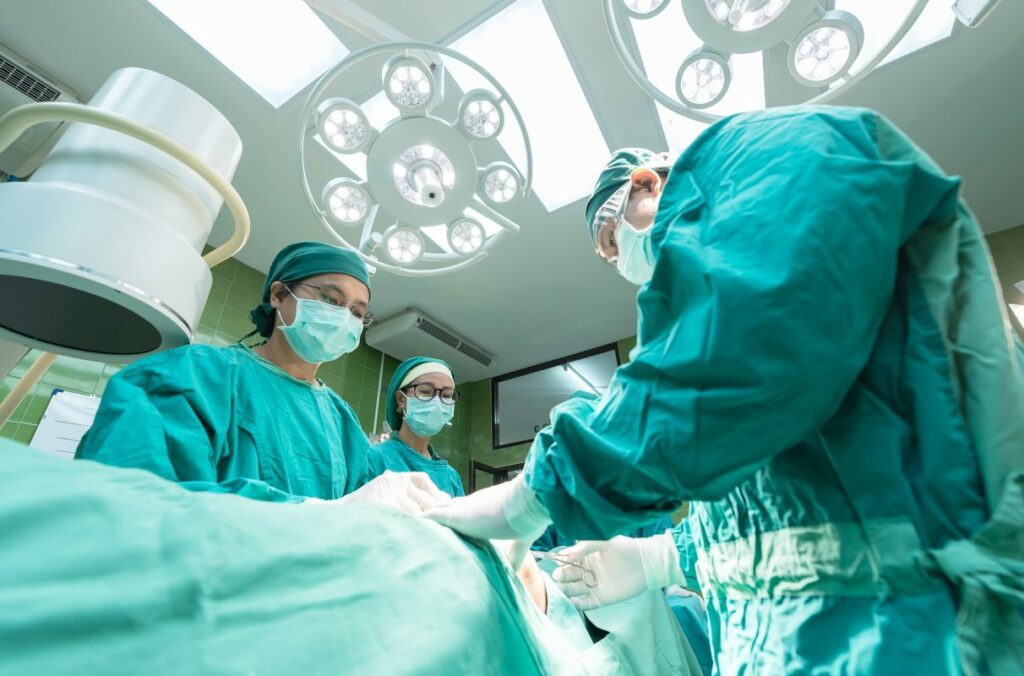The Intertwined History of Pelvic Mesh and Hernia Mesh
For women suffering from pelvic organ prolapse, pelvic mesh seemed like a miracle cure. Unfortunately, the lack of clinical testing of pelvic mesh products led to massive recalls and lawsuits after women began experience debilitating and permanent injuries. Transvaginal mesh injuries are the same types of injuries suffered by hernia mesh patients, which should come as no surprise considering both products are made out of the same material. This has left many hernia mesh victims wondering why manufacturers didn’t take the hint.
For women who have given birth or patients who have undergone surgery, the pelvic muscles can stretch and weaken causing organs like the bladder to sink lower in the body than normal. This is called pelvic organ prolapse and in the late 1990s, the first pelvic mesh was developed to treat the condition. Pelvic mesh is made out of polypropylene plastic, a material that is cheap to produce and abundantly available. Polypropylene plastic is also preferred because it is not biodegradable and it will not absorb into human tissues.
Three years after hitting the market, pelvic mesh products were subject to recalls. However, the original approval allowed other pelvic mesh devices to be approved through the controversial 501(k) approval process. The U.S. Food and Drug Administration (FDA), allows medical devices and prescription drugs to go through a much less stringent approval process if the device or drug is similar to one currently approved by the FDA.
Even though the first pelvic mesh product was eventually recalled, its approval allowed for the eventual approval of nearly sixty more pelvic mesh products. None of these devices were ever subject to clinical studies to prove their safety and efficacy. As a result, patients were unaware of the dangers associated with pelvic mesh, including bleeding, erosion of the device, the abnormal connection of two organs or tissues, nerve damage around the mesh, and migration of the mesh. Now thousands of woman are suffering from mesh erosion, vaginal scarring, urinary incontinence, painful intercourse, injury to the bladder, and other debilitating injuries.
Pelvic organ prolapse and hernias were once thought to be very similar conditions, so manufacturers designed hernia mesh based on pelvic mesh devices. Hernia mesh products produced a similar history when the FDA began recalling hernia mesh devices for causing complications. However, through the 501(k) approval process, dozens of hernia mesh manufacturers flooded the market. Because it is made out of the same material as pelvic mesh, hernia mesh has produced similar complications, including producing scarring, inflammation, bleeding, nerve damage, migration, and the connection of two organs.
All patients deserve to know the risks associated with medical devices and procedures. Both pelvic mesh and hernia mesh patients were not warned of the dangers, even after polypropylene plastic mesh products proved to be dangerous. The dangers of this type of mesh have been well known by manufacturers for over ten years, but to preserve profits, manufactures did not warn patients.















